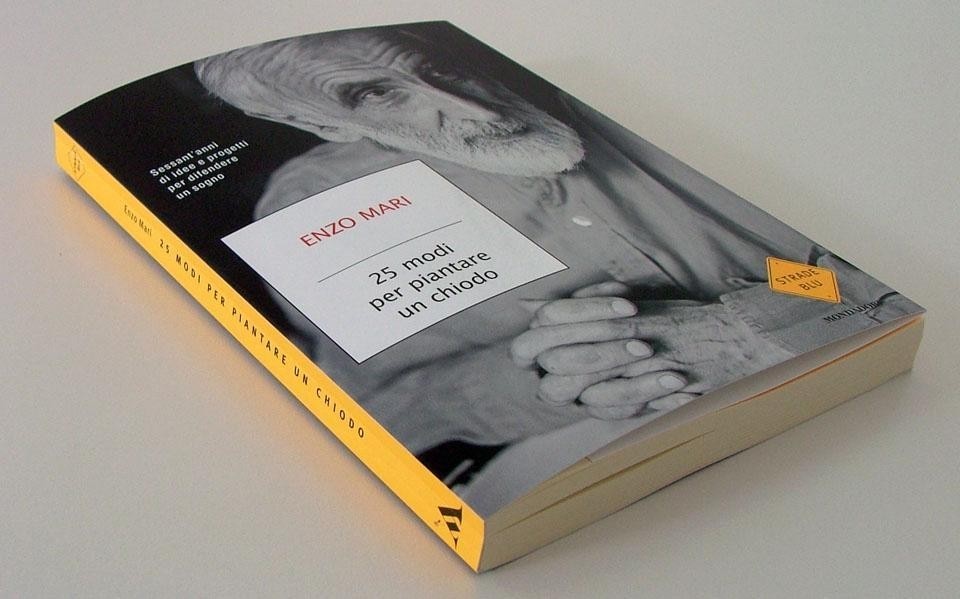"I am convinced," writes Enzo Mari at the opening of his autobiography, 25 ways to drive a nail , "that design corresponds to a deep human instinct like survival, hunger, sex. We are a species that wants to change its environment." More than the sequence of events in Mari's life, which is perhaps the book's pretext rather than its end, the driving force of 25 ways ... is the desire to express this principle through theoretical discussions and concrete examples; the desire, so to speak, to manifest the bridge linking design to human life.
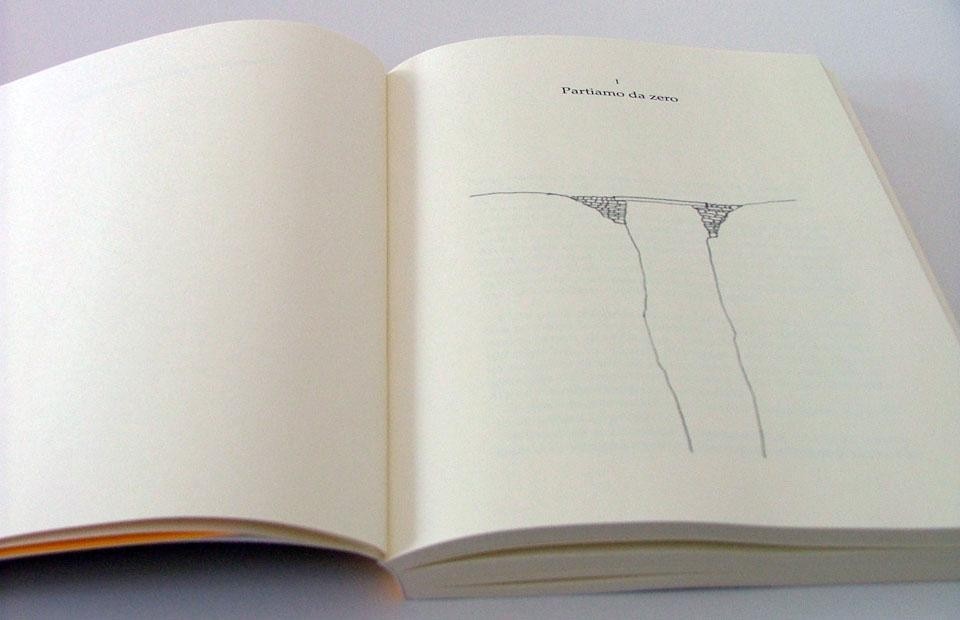
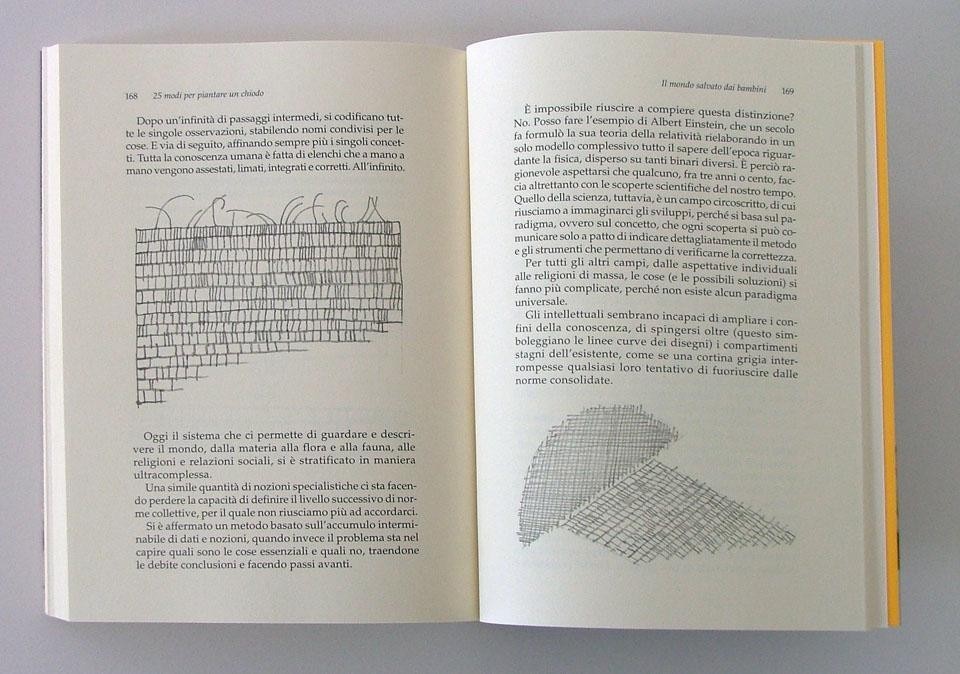
Design corresponds to a deep human instinct like survival, hunger, sex. We are a species that wants to change its environment.
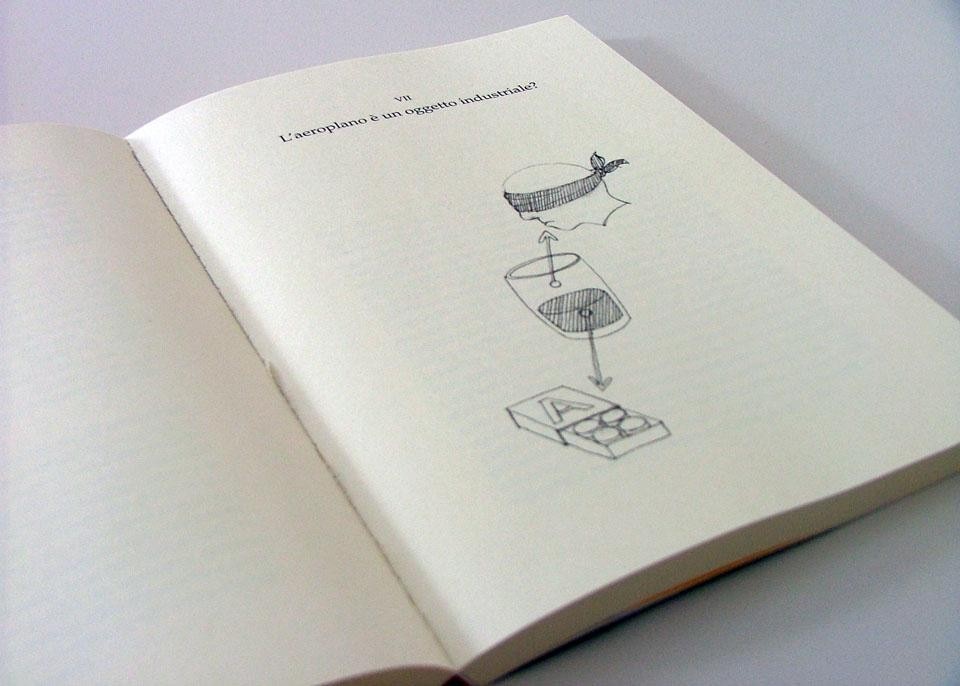
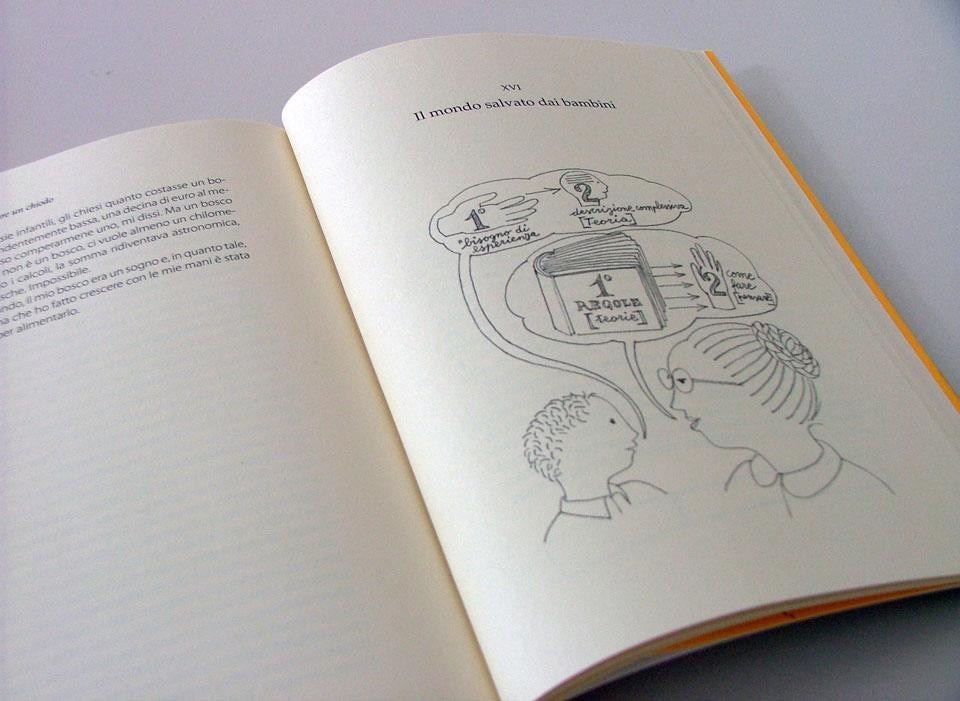
Vincenzo Latronico


